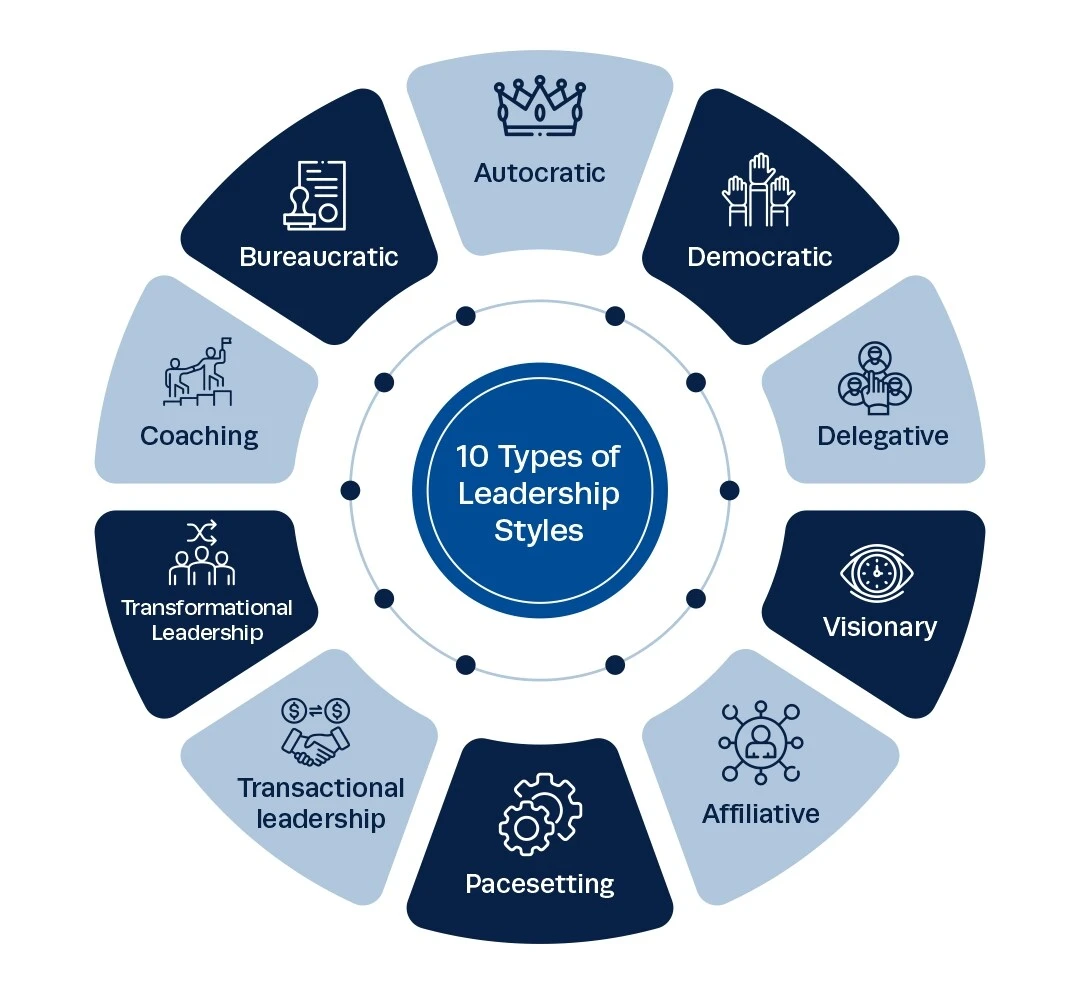Leadership Style: Patterns of Managerial Behavior and Influence
A leadership style refers to a manager’s consistent approach to guiding and influencing employees. It is one of the core leadership tools used to shape behavior, build relationships, and drive performance. Leadership styles reflect a superior’s fundamental attitude toward their team and define how authority, communication, and decision-making are handled.
Types of Leadership Styles
Leadership styles can be categorized in various ways, reflecting different theoretical approaches and historical developments:
-
Dimensional Leadership Styles – Focus on balancing task orientation and people orientation (e.g., Blake and Mouton’s Managerial Grid).
-
Group-Oriented Leadership Styles – Emphasize collaboration, participation, and team dynamics.
-
Classical Leadership Styles – Include autocratic, democratic, and laissez-faire styles.
-
Directional Leadership Styles – Define the degree of control and guidance a manager exerts.
-
Traditional Leadership Styles – Rooted in hierarchical authority and role expectations.
Factors Influencing Leadership Style
The choice of leadership style is rarely static and is influenced by multiple factors:
-
Manager’s personality and values
-
Employee characteristics – e.g., competence, motivation, autonomy needs
-
Power dynamics and authority levels
-
Experience and leadership training
-
Situational context – urgency, conflict, task complexity, organizational culture
In practice, leaders often blend and adapt styles to suit the evolving needs of their teams and organizational environment.
Limitations and Challenges of the Leadership Style Concept
The leadership style concept, while useful, is not without issues:
-
Multifaceted performance goals – Employee performance includes motivation, productivity, innovation, and satisfaction, which are not easily captured under one leadership style.
-
Reverse causality – A manager’s leadership style may be a reaction to employee performance, not the other way around.
-
Dynamic situations – Both employee expectations and managerial behavior can evolve, making a single “fixed” leadership style unrealistic over time.
Thus, modern leadership often requires flexibility rather than rigid adherence to one style.
« Back to Glossary Index





![15 Employee Offboarding Templates That Save Hours of HR Time [Free Downloads] 15 Employee Offboarding Templates That Save Hours of HR Time [Free Downloads]](https://i1.wp.com/www.hrcloud.com/hubfs/Header.png?w=150&resize=150,100&ssl=1)
